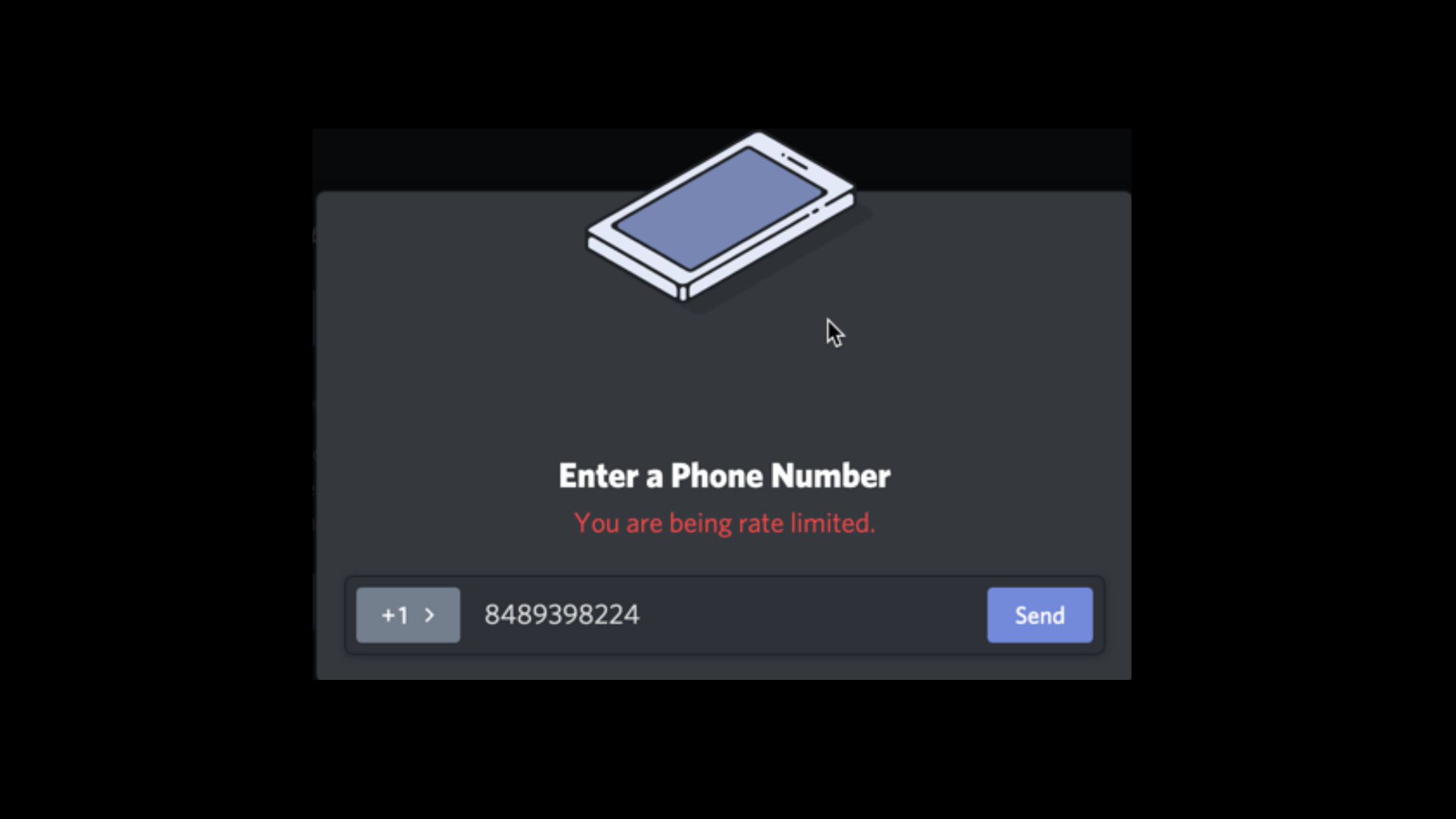


- #APIERROR RATE LIMITED REMEMBEAR HOW TO#
- #APIERROR RATE LIMITED REMEMBEAR CODE#
- #APIERROR RATE LIMITED REMEMBEAR FREE#
Seeing as how there are numerous ways for a program to connect with an API, there are also various ways you can throttle API traffic. These examples should help illustrate how you might help developers avoid some of the API rate limiting issues and avoid getting throttled. Bitlyīitly’s documentation not only defines their rules they also offer guidance on the best practices for avoiding rate-limiting issues. The documentation also specifies the time zone used to define the beginning and end of the day. LinkedIn’s API features three different kinds of rate limiting: application throttle, user throttle, and developer throttle. LinkedIn’s rate limiting documentation explains how different API endpoints have different limits.
#APIERROR RATE LIMITED REMEMBEAR HOW TO#
The documentation also lets users know how to check their current rate of usage, informing how to increase rate limits for specific applications, and outlining repercussions for when clients abuse rate limits. It also defines the header that is returned as well as the meaning of some of the rate-limiting commands. GitHub’s documentation explains the different rate limits for authenticated and unauthenticated requests. GitHubįrom GitHub’s Rate Limiting Documentation for Developers Below we’ll see how a few API providers are communicating rate limiting guidelines to their developer users.
#APIERROR RATE LIMITED REMEMBEAR CODE#
#APIERROR RATE LIMITED REMEMBEAR FREE#
One approach to API rate limiting is to offer a free tier and a premium tier, with different limits for each. However, keep that in mind there is always the risk of API requests timing out, and the open connections also raise the risk of DoS attacks. Throttling lets clients still use your services while still protecting your API. If a user sends too many requests, API rate limiting can throttle client connections instead of disconnecting them immediately. This is called Application Rate Limiting. To prevent an API from being overwhelmed, API owners often enforce a limit on the number of requests, or the quantity of data clients can consume. Both are part of the Backend Rate Limiting. Some systems may have physical limitations on data transference. Rate limiting is a critical component of an API product’s scalability.ĪPI owners typically measure processing limits in Transactions Per Second (TPS). While it’s great that people want to use your API and find it useful, open access can decrease value and limit business success. Anyone can use your API, as much as they want, at any time. If you dole out unlimited access to your API, you’re essentially handing over the keys to the kingdom. We’ll also touch on the importance of rate limiting. Then we’ll take a look at how rate limiting works. Let’s start by taking a look at what rate limiting is. How To Limit API Requests And The Importance Of Rate Limiting We’ll showcase effective rate limiting libraries and frameworks, and demonstrate sample code needed to implement request queues, throttling, algorithmic-based rate limiting. So, how exactly do we rate limit our APIs? In this article, we’ll delve into the main strategies and industry standards around rate limiting. If your API blows up in popularity, there can be unexpected spikes in traffic, causing severe lag time. Rate limiting also helps make your API scalable. API limiting, which is also known as rate limiting, is an essential component of Internet security, as DoS attacks can tank a server with unlimited API requests. Performance isn’t the only reason to limit API requests, either. Otherwise, everyone using your database will suffer from slow performance. Discover the benefits of API rate limiting and ways to implement it.Īs API developers, we need to make sure our APIs are running as efficiently as possible.


 0 kommentar(er)
0 kommentar(er)
